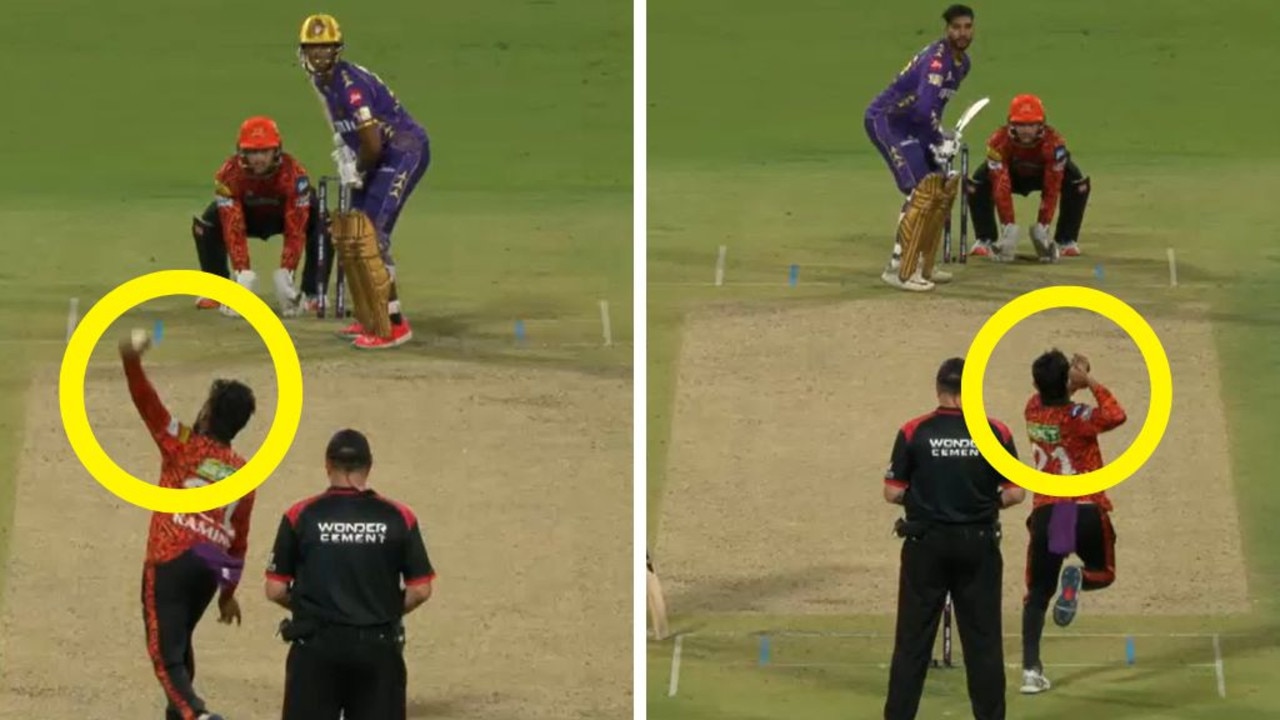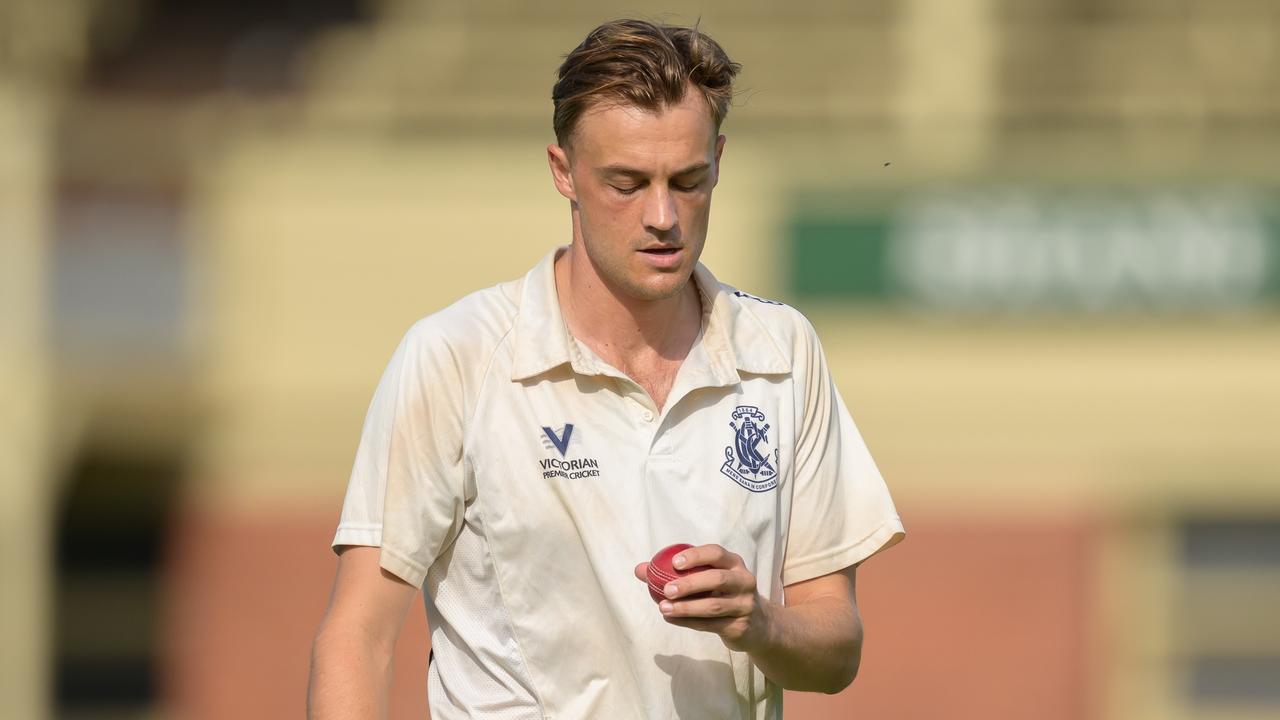‘We’ve never sat still’: How the Big Bash League got its spark back
The Big Bash League is back with a bang after a drastic transformation that has the summer juggernaut considering bold changes.
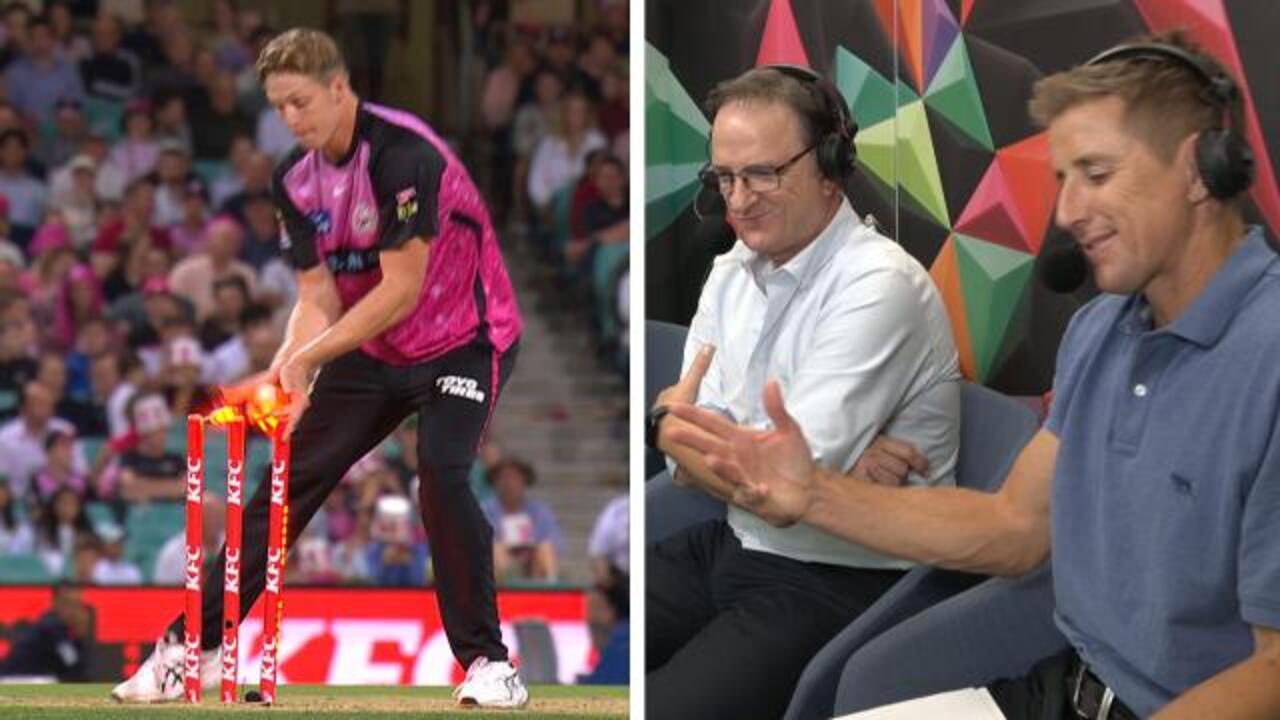
Cricket
Don't miss out on the headlines from Cricket. Followed categories will be added to My News.
The Big Bash is back.
That’s the overwhelming verdict from fans and cricket powerbrokers ahead of the BBL|14 final.
The Sydney Thunder defeated the Sydney Sixers by four wickets on Friday to book their spot in Monday night’s final against the Hurricanes, to be held at a sold out NINJA Stadium in Hobart.
Watch every game of the BBL Finals LIVE and ad-break free during play on Kayo. New to Kayo? Get your first month for just $1. Limited time offer.
Hobart are chasing their maiden BBL title and David Warner’s Thunder their first since 2015-16.
The buzz around the Big Bash is as high as it’s ever been since the early glory years of the competition.
A few years ago interest in the BBL dipped with fears Cricket Australia’s golden goose had been cooked. So what’s changed to make the Big Bash great again?
Schedule call proves a masterstroke
Whoever you ask, it seemed the BBL had gone too hard by extending the season to 14 games for each team. It led to fading interest during an elongated 61-game fixture that just went too long.
But two years ago, the Big Bash reduced the season length to 10 games each — a simple but genius decision that made each game matter a lot more.
Scheduling change is the one area that can have the single biggest impact on a sporting league.
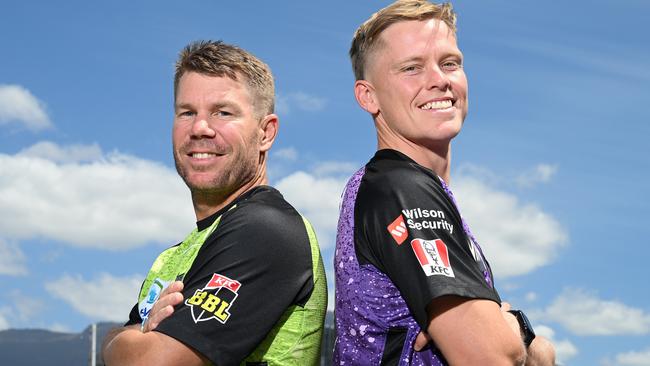
Most sporting fixtures, like the AFL and NRL, are inherently flawed with teams playing some but not all opponents twice, while the NBA’s bloated 82-game regular season could well be shortened by 15-20 games.
The NFL’s 17-game season is the model for all sporting leagues that every game should be appointment viewing and genuinely matter to the outcome of the season.
A high quality Test series between Australia and India also helped, as cricket fans turned to the Big Bash to fill their cricket diet in December and January.
“I think the inclusion of Sam Konstas in that Boxing Day Test really ignited the love of cricket again,” Fox Cricket’s Brett Lee told news.com.au.
“Then that spills over to the Big Bash.
“When you’ve got people engaged watching cricket and watching young superstars make their debuts, then it naturally spills over to watching Big Bash cricket.
“Where I think they got it right this season is the amount of games but also having the big stars back. That is so crucial.
“We’ve got guys like David Warner sitting No. 2 on the runscoring list this season. Steve Smith obviously doing well with the Sixers. The kids are still enjoying watching the superstars.
“I think the big names, the amount of games played and off the back of India, that’s definitely helped.”
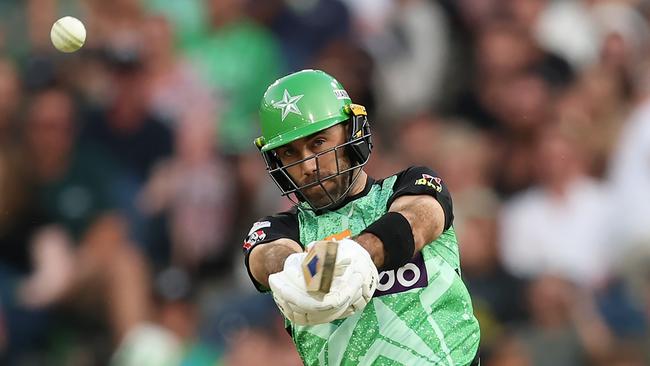
It’s certainly helped that the battle for a top four finals spot went down to the final game, and Perth Scorchers having a rare down year has been good for variety.
Alistair Dobson, Cricket Australia’s Executive Team as General Manager of Big Bash Leagues said the BBL had found its magic formula again.
“All the ingredients that go into a great BBL season have been there, whether that’s a great schedule, great teams and players that are engaged, huge support from our broadcasters and lots of fans turning up at the games and watching on TV,” Dobson told news.com.au.
“Our bread and butter is still amazing nights of entertainment and great cricket over the summer where there’s something in it for the whole family. We’ve doubled down on it for sure.
“The games have been close, exciting, there’s been lots of spectacular moments, with really competitive athletes that are there to win and perform on the field. We get feedback that people love tuning in or turning up knowing they’re going to see something really amazing.”


Dobson said having recognisable stars playing the full season for their BBL teams was the holy grail, but any appearance from a Test player was welcome.
“Increasingly it’s also about those superstars who play a role in our competition, whether it’s a Glenn Maxwell or a Steve Smith or David Warner,” he said.
“We hear lots of kids talking about those heroes. We’d always love to see the best players playing as much as they can.
“But that said, one of the great strengths of this summer has been the combination of a huge Test series against India alongside a great BBL season. I think those two things work together in great harmony in the Australian summer.
“Players like Maxwell and Warner who play the whole season is what underpins our competition, then it’s a great boost when Marnus (Labuschagne) or Steve Smith find time to play a game as well.”
The Stars were eliminated by the Thunder in the Challenger, leaving the green Melbourne franchise still searching for that elusive BBL triumph long after Shane Warne and Kevin Pietersen played for them.
“You’ve got two powerhouses of world cricket in Glenn Maxwell and Marcus Stoinis that stand up for their team and miraculously they find themselves in the top four,” Lee said.
“That would be massive. Fourteen cracks and they haven’t done it yet.”
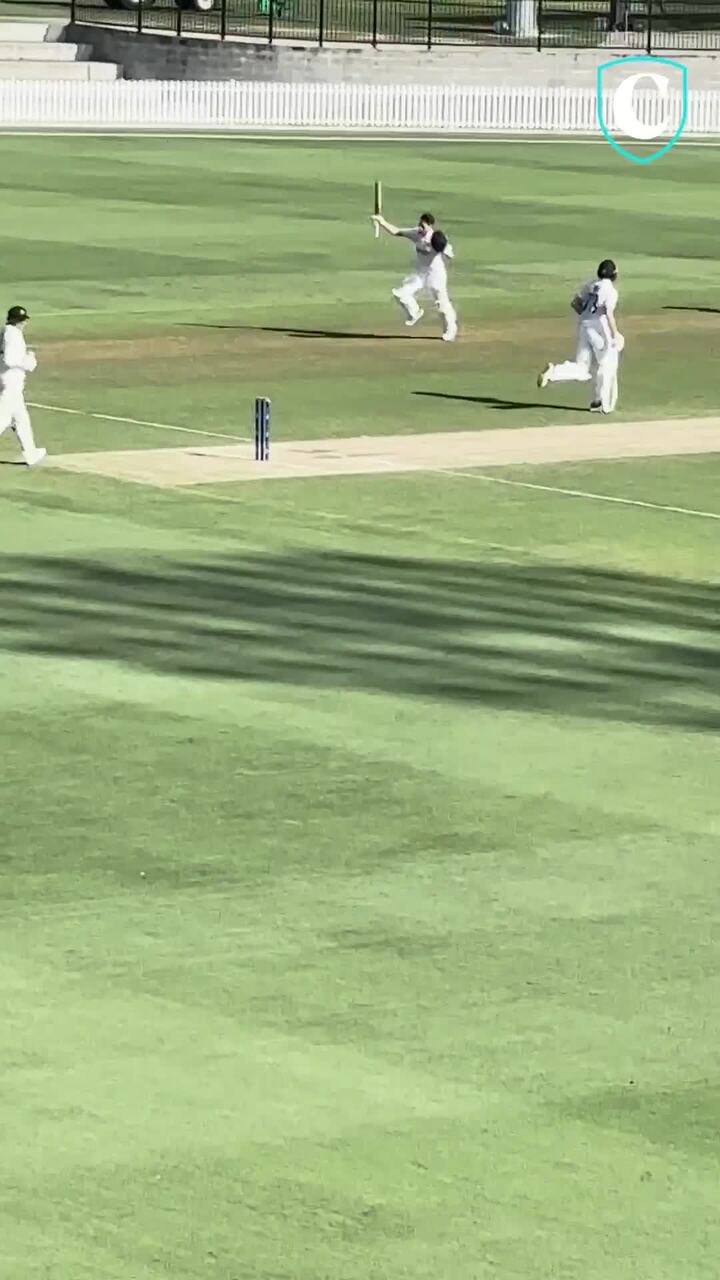
BBL gets fandom back, ‘second generation of fans’
Cricket traditionalists might have viewed the Big Bash as a hit-and-giggle where it’s always the pink vs orange team in the final and the fans wear KFC buckets on their heads in the crowd.
At a Boxing Day game at the SCG attended by news.com.au, a group of kids and their parents spent the entire second innings trying valiantly to start a Mexican wave.
James Vince’s century for the Sydney Sixers was somewhat of an afterthought, but the pink team won so everyone was happy.
But rusted on cricket fans have become invested in the actual cricket — whether that’s Peter Siddle being the best bowler for the Melbourne Stars, the Sydney Sixers being the best fielding team in the comp, or who bowls the last over of the game (sorry Lloyd Pope).
“As the competition gets older, we’re into our 14th season, we’re building a generation of fans that have grown up only knowing a summer with the Big Bash in it,” Dobson said.
“That takes time. Fourteen years in, we’ve got a second generation of fans than those who grew up with it 10, 12, 14 years ago who’ve had families of their own. That only builds that base really strongly.”
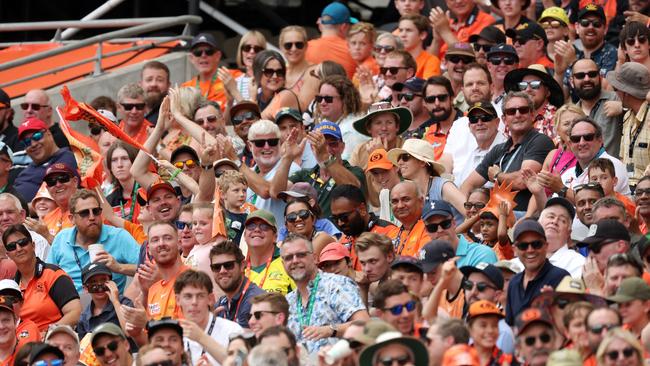
Making the Big Bash relevant year-round
The Big Bash Draft, Australia’s mini version of the IPL auction, is a prime example of Cricket Australia’s efforts to make the BBL relevant beyond its two-month season over the summer.
“One of the things we’ve tried to focus on is trying to extend our season,” Dobson explained.
“Ultimately the actual playing season of the Big Bash, whether it’s the BBL or WBBL, is relatively short compared to other leagues or codes.
“We’ve tried really hard to find ways to extend that to give fans an opportunity to connect with our fans and players.
“Whether that’s the way we make announcements around the schedule, the introduction of a player draft, the way we launch our season, all those things that go into a 12-month calendar event.
“Because historically the Big Bash has been something that’s popped up over summer and disappeared again. We’ve tried really hard to give our fans a longer sense of that.”
Cricket Australia says the Big Bash’s metrics have been ticking upwards since Covid and they’ve tinkered with various marketing strategies to get bums on seats and eyeballs watching games.
“It’s never one thing,” Dobson said of the BBL’s return to glory.
“More recently post-Covid, it’s been a combination of some big things like the changes to the schedule, the way our team lists are managed and produced, the way the competition is put on.
“Then there’s a lot of little ‘one percenters’ like the way we market the games, the science and art of selling tickets and memberships and the events we put on behind the scenes.”
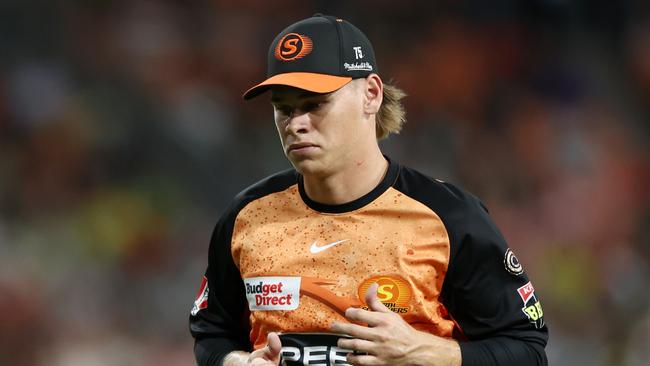
Dobson, the boss of the Big Bash, pinpoints Cooper Connolly’s cameo to help the Perth Scorchers beat the Brisbane Heat in a thrilling BBL|12 final two summers ago as the moment he knew the Big Bash was back in a big way.
“We feel like it’s been back and firing for a couple of seasons,” he said.
“That was the night we realised we were onto something and this competition was heading in the right direction. It’s big and back and really strong. This year’s just been another evolution of that. With an Ashes summer next year, we’re pretty excited.”
Expansion, rule changes on the cards?
The ‘power surge’, a two-over period during which the fielding team is allowed only two players outside the inner fielding circle, has received mixed reviews from players but it seems it’s not going anywhere.
Hobart’s Tim David has made the power surge his own, scoring at a strike rate of 354 during that period.
Brett Lee has dubbed it “the wicket surge” and reckons teams could be even more aggressive by bringing more fielders inside the ring throughout the innings, in a bid to entice a batter to play a risky shot and get out.
“If you look at the stats, the trend is that it’s caused wickets to fall,” Lee said.
“Am I a fan? I’m still not sure about the power surge. I want to see how it goes in the finals.
“You’ve got the powerplay and to me that’s enough. Sometimes you can be too funky with a game of cricket, put too many things in that can be a little bit confusing for the players.
“The power surge is meant to aid the batting team with only two players outside that inner circle. You’re meant to score quickly, it’s a tactical play, it’s meant to increase that flow of runs. But I actually look at it from a different point of view.

“If the trend is they are taking wickets (during the power surge), why don’t more teams use the power surge from a fielding point of view and instead of leaving the maximum amount outside the inner circle, why don’t they have a couple of overs where they bring up most of the players and maybe leave two or three out.
“I probably look at it from an attacking, bowling point of view. That’s where teams could be a bit crafty. If we look at the stats and what’s happened in the power surge this season, they’ve lost a lot of wickets, so as a fielding team, without the power surge being activated we’ll bring up our field and have a crack.”
The power surge is here to stay, while the SMH reports the BBL is considering several imaginative rule changes, including having a designated hitter (who doesn’t have to field) and the potential of double play run-outs.
“We really like it (the power surge),” Dobson said.
“We think it creates a really interesting moment in the game. It can change the game, which is really exciting around the strategy and performance of that. We like it. Our fans seem to connect with it, our broadcasters love it.
“I think by and large the players are really interested in the strategy and some have even crafted a unique role in their teams around it. It’s been a huge success.”
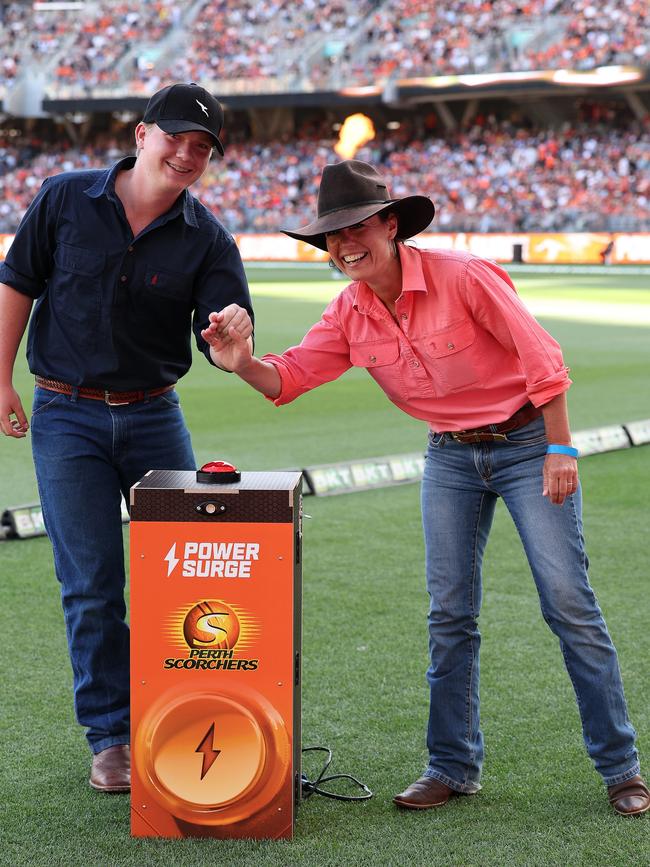
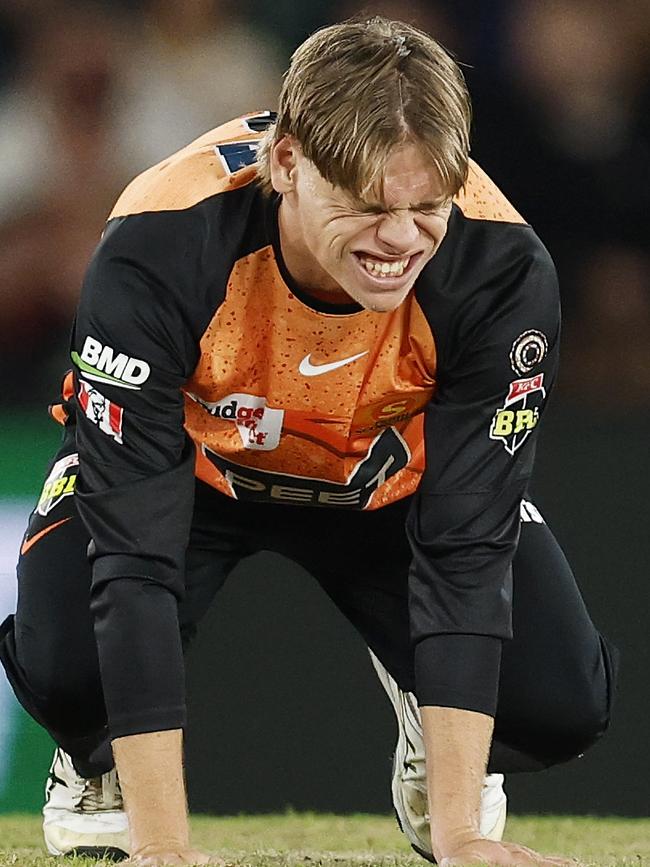
Dobson said the league had consolidated well in a “maintenance mode” and was considering expansion and other changes.
“The momentum we have within our competition does give us the opportunity to consider what the future might look like,” he said.
“Until the last couple of seasons, we’ve probably been in maintenance mode or looking to right-size the competition. Now we’re heading in the right direction and growing, we’ve got an opportunity.
“Whether that results in a competition with more teams or different structures, we’re always thinking about that. We’ve never sat still. In 14 years, we’ve had lots of change. We’ve been able to be dynamic and will continue to do that. We’ve always evolved.”
Despite competition from T20 leagues in South Africa and Pakistan played at a similar time of the year, the BBL wants to remain in the top group of T20 franchise competitions worldwide.
“The global cricket landscape is changing really quickly. It’s moving really fast. We are on our toes and need to stay on our toes,” Dobson said.
“Ultimately the role of the BBL is still to be in that top group of T20 leagues — the quality of the players and the fan experience or the commercial results.
“That remains the end game for the BBL, to drive success in the game in Australia — bringing new fans to the game, commercialising our sport to help underpin development and participation and pathways.
“Depending on the direction of the world game, having a strong product that we can build in our own backyard that can underpin the sustainability of the sport in Australia.
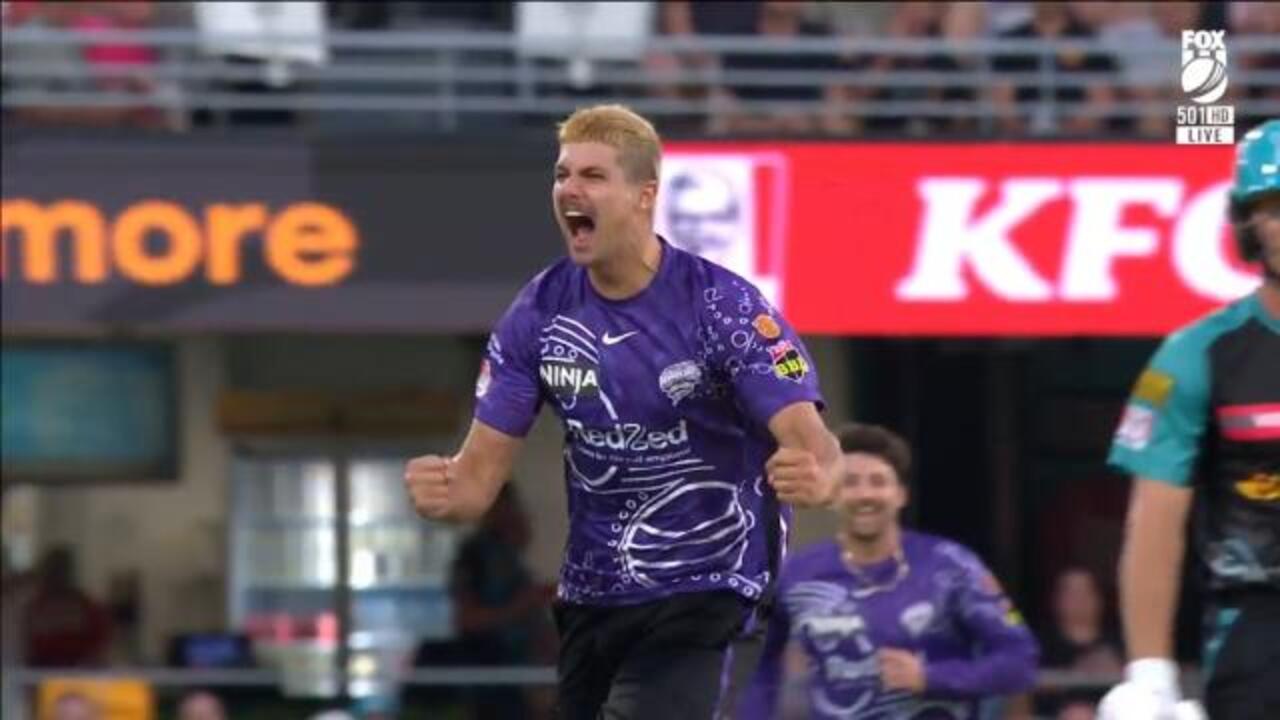
Interestingly, the BBL no longer seems to rely on big name imports like Kevin Pietersen, Chris Gayle or Dwayne Bravo.
Without Rashid Khan and Haris Rauf, England’s contingent of Ben Duckett, James Vince, Jamie Overton, Sam Billings, Chris Jordan, Tom Curran were the biggest overseas names to feature in BBL|14.
The Sheffield Shield has traditionally been the place where Austrlaia’s next star players emerge, but Connolly, Sam Konstas and Jake Fraser-McGurk are making their name in the Big Bash.
Dobson said the Big Bash gives an opportunity for young players to “play in front of big crowds under high pressure” and prepare for the spotlight of international cricket.
TV ratings support the vibe check
Playing games in the evening has also helped the Big Bash achieve record TV audiences this season.
BBL|14 was watched by an average audience of 742,000 viewers per game through the first 32 matches of the home-and-away season, an increase of more than 20 per cent on BBL|13.
Simulcast matches (broadcast on Seven, Foxtel, 7plus and Kayo Sports) drew average audiences of 893,000 per game in that period.
The highest-rating match of the home-and-away season was Sydney Sixers v Melbourne Stars on Boxing Day, with an audience of 1.24 million the highest of the current broadcast era with Seven and Foxtel (since BBL|08).
Big Bash Final
Hobart Hurricanes vs Sydney Thunder, Monday, January 27, 7:15pm AEDT, NINJA Stadium
Originally published as ‘We’ve never sat still’: How the Big Bash League got its spark back




